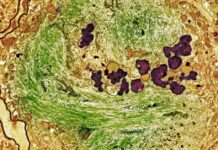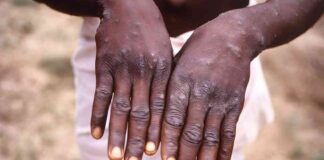The Oropouche virus, also known as sloth fever, has recently made its way to the United States, with travelers returning from Cuba contracting the disease. This virus, transmitted by mosquitoes, has been endemic in the Amazon basin and has also been reported in South America and the Caribbean. While no fatalities have been reported in the U.S. so far, the Centers for Disease Control and Prevention (CDC) noted more than 8,000 cases globally between January 1 and August 1, 2024, including two deaths and five cases of transmission from mother to fetus.
### What is the Oropouche Virus?
The Oropouche virus first emerged in Trinidad and Tobago in 1955 and has since had limited circulation in regions of South America, particularly in forested areas. The disease is typically spread through bites from mosquitoes and midges, with three-toed sloths and birds identified as natural reservoirs for the virus. Unlike some other viruses, such as Zika or dengue, the Oropouche virus does not spread from person to person. However, there is a risk of birth defects for fetuses exposed to the virus.
### Symptoms of Oropouche Virus
Symptoms of the Oropouche virus can often be mistaken for other similar viruses like Zika, dengue, chikungunya, and malaria. Common symptoms include fever, headache, muscle aches, stiff joints, and chills. Some individuals may also develop a rash that starts on the torso and spreads to other body parts. These symptoms usually begin within four to eight days of being bitten and can last for three to six days. In severe cases, patients may develop meningitis, encephalitis, or other neuroinvasive diseases.
### Treatment and Prevention
While there are currently no vaccines available for the prevention of the Oropouche virus, most people who contract the disease will recover on their own without any long-term effects. The best means of prevention is to avoid mosquito and midge bites by using repellents, wearing protective clothing, and using mosquito nets. For those who develop more severe symptoms, hospitalization may be necessary for close observation and supportive treatment.
As testing and surveillance for the Oropouche virus increase in the Americas, reports of cases from additional countries are expected. Clinicians in areas where importation has occurred need to be aware of the infection and be alert to its possibility. If individuals are experiencing symptoms and have risk factors, they should contact their local health department for testing.
In conclusion, the emergence of the Oropouche virus in the United States is a concerning development, but with proper awareness, prevention, and treatment measures in place, the spread of the disease can be mitigated. Stay informed, take precautions, and seek medical attention if necessary to protect yourself and your community from this mosquito-borne illness.

















